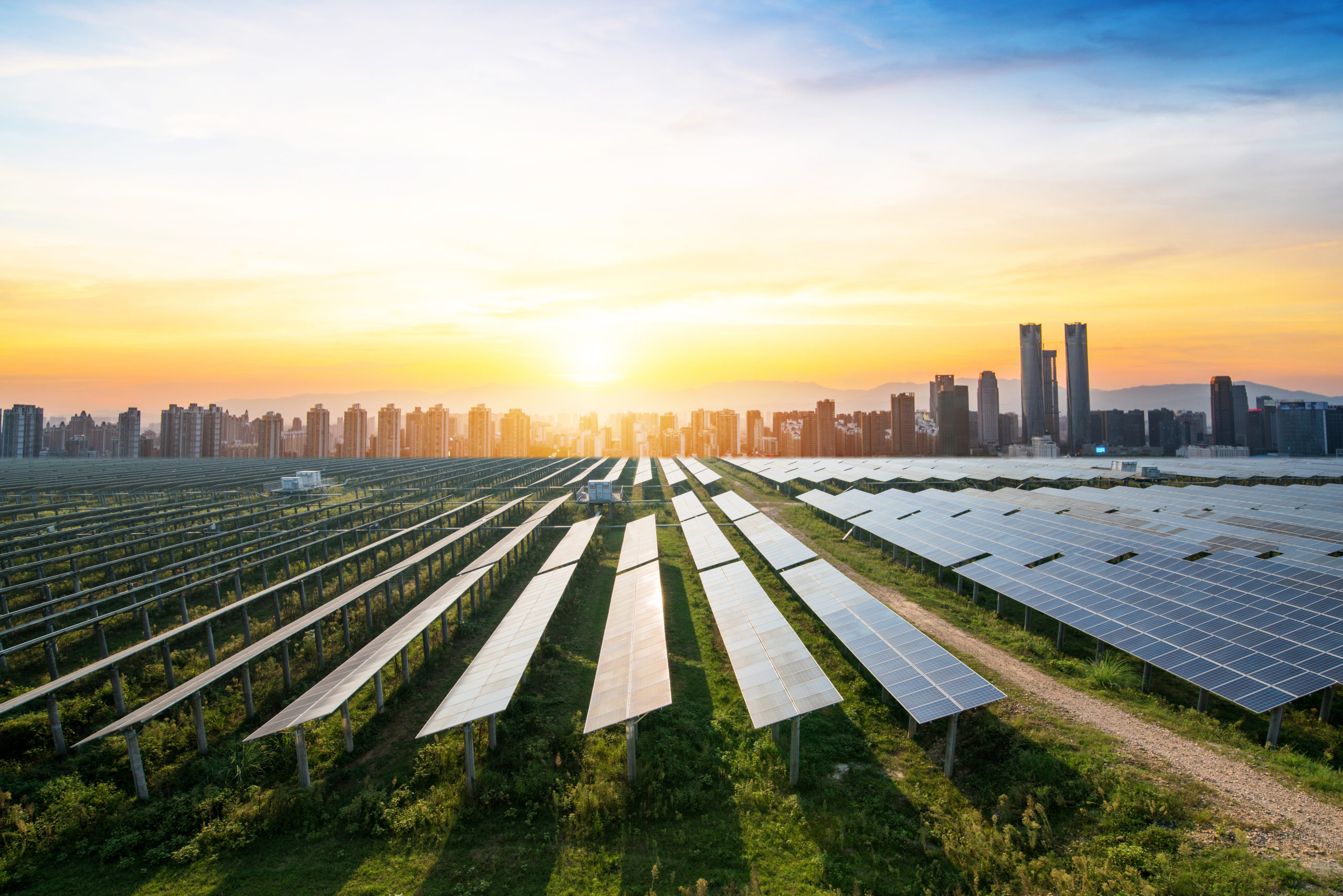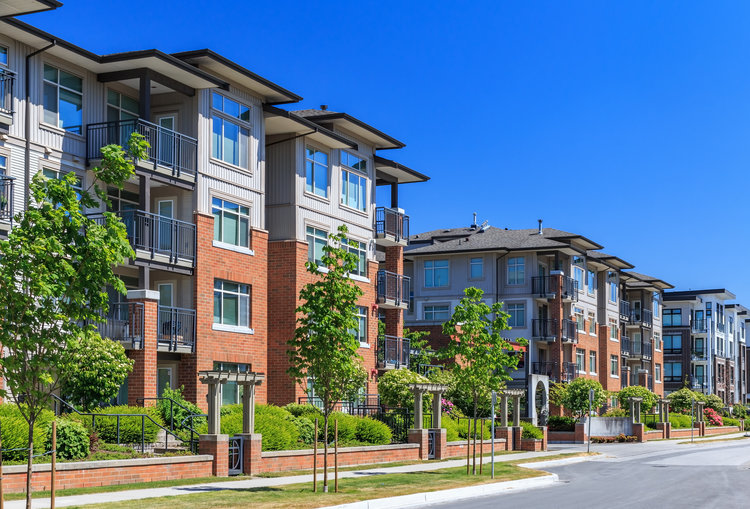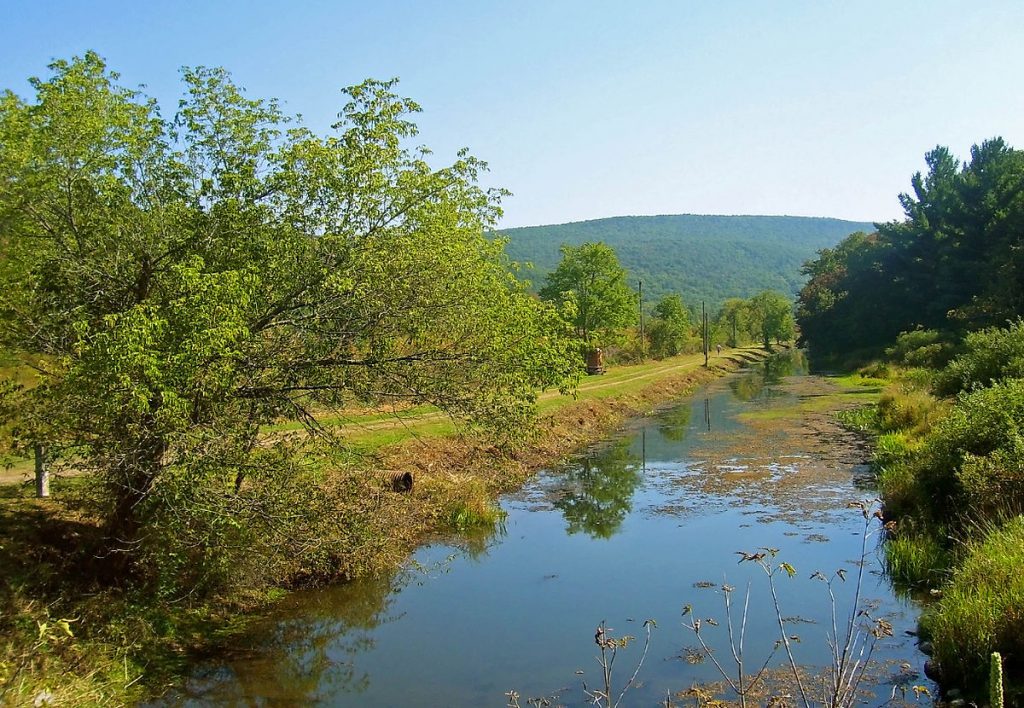With cities growing, global economies expanding, and standards of living getting higher in countries around the world, one thing has become clear: the best way to ensure that energy infrastructure can support our needs is by building small, sustainable, and distributed energy resources.
Much of our existing energy infrastructure consists of huge, centralized power plants, that are costly, unreliable, and harmful to the environment. And changes in technology have global leaders asking themselves how they can adapt to better serve their communities’ needs and sustainability goals.
One of the best steps we can take is to move away from the large, centralized generation plants of the past, and towards a decentralized, dynamic electrical grid that is made up of distributed energy resources.
Distributed energy resources (DERs) are any sort of small-scale, localized energy technology that offers an alternative to the traditional electric power system. Generally, DERs are renewable energy resources, like rooftop solar, solar gardens, and wind turbines, but they also include other energy assets, such as battery storage.
Table of Contents
5 Benefits Of Distributed Energy Resources
Distributed energy resources create flexibility in electricity production and distribution, and, as a result, bring several major benefits to the electrical grid and to society at large. Here are a few of the main reasons why many states and municipalities are working towards incorporating more DERs into their electrical systems:
1. Distributed Energy Is Reliable & Resilient
Distributed energy resources mean that we don’t have to rely solely on our electric utilities for energy reach our homes. In the past, large storms could cause outages across an entire region’s electrical grid. But Hurricane Maria and other recent tropical storms have left no room for doubt: the homes most likely to have power in the wake of a disaster are those with rooftop panels installed.
But the benefits of DERs go beyond the individual home. This is because groups of DERs can easily be connected to micro-grids—small versions of our larger power grid which can then connect to the traditional electrical grid.
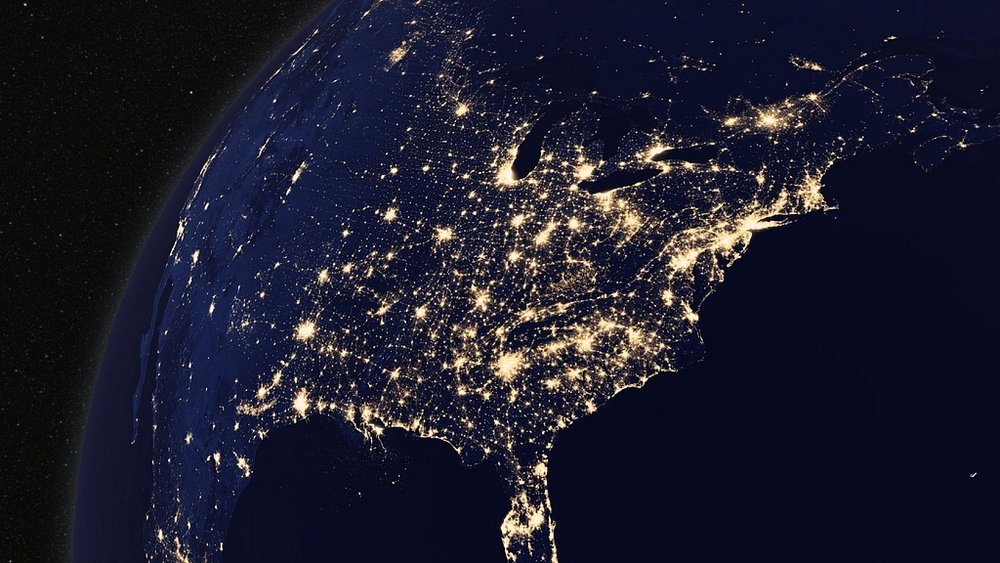
The benefit of microgrids is that, like, individual DERs, they can be disconnected from the larger grid network in the case of an outage—providing reliable and resilient power all on their own. Before long, a growing number of standalone, distributed resources could put an end to the days of massive, region-wide power outages.
2. DERs Are More Efficient
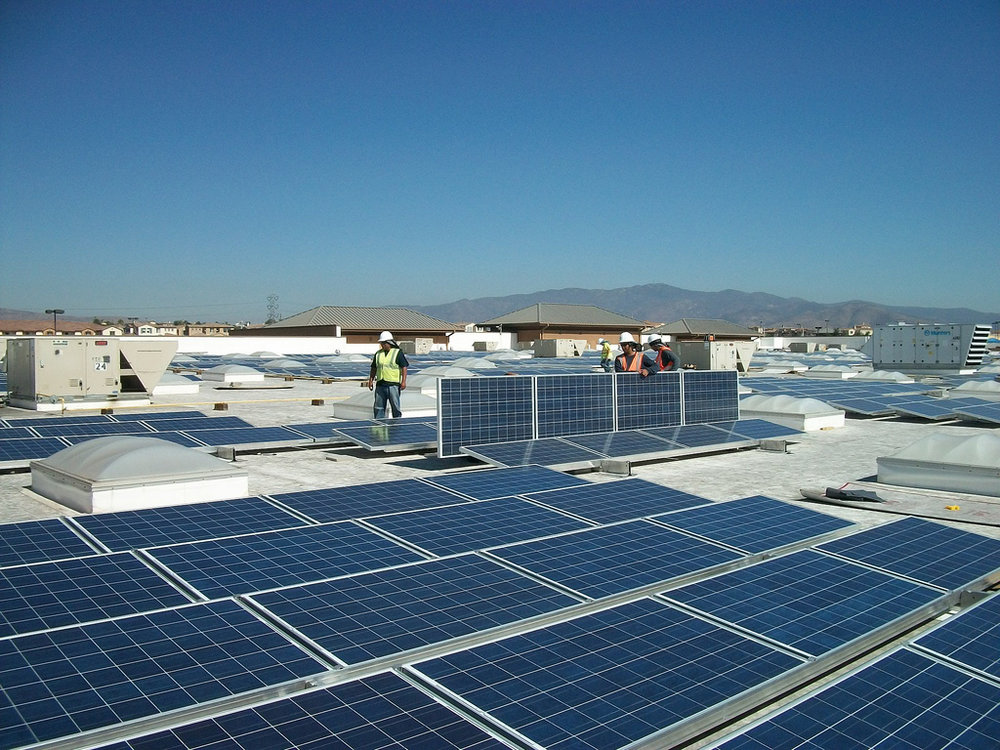
Solar panels on the roof of a Walmart in Chula Vista, California. One of Walmart’s broad sustainability goals is to be powered by 100% renewable energy.
One of the biggest inefficiencies in current electric grids is the energy loss that happens when electricity is transmitted across long-distance, high-voltage power lines. Distributed energy resources can easily be located close to where the energy that they produce is actually needed.This reduces the amount of energy that is lost when it flows from where it’s generated to where it’s used. What this means is energy savings: by using distributed resources, we save energy AND save money.
3. Distributed Energy Resources Are Cost-Efficient
Solar’s 70 percent price decline since 2010 has been the energy story of the decade, putting DER generation costs on par with fossil fuels—or even cheaper. Additionally, distributed energy resources benefit communities and electrical grids so much that many states have put policies in place to incentivize DER development and save consumers money on their electricity bills.
A recent study by researchers at Stanford University suggests that the net costs of electricity can be reduced by almost 50 percent simply through the targeted construction of DER infrastructure. Though distributed energy resources may threaten utility’s traditional bottom line, following the Stanford researchers’ plan can significantly reduce a utility’s operating costs and bring benefits to every energy consumer.
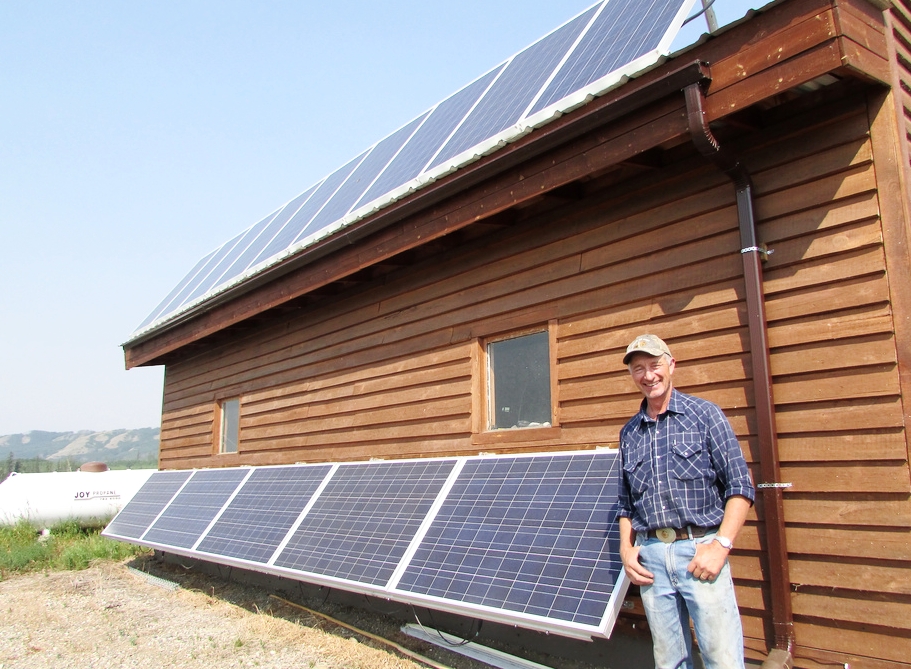
4. DERs Positively Impact The Environment
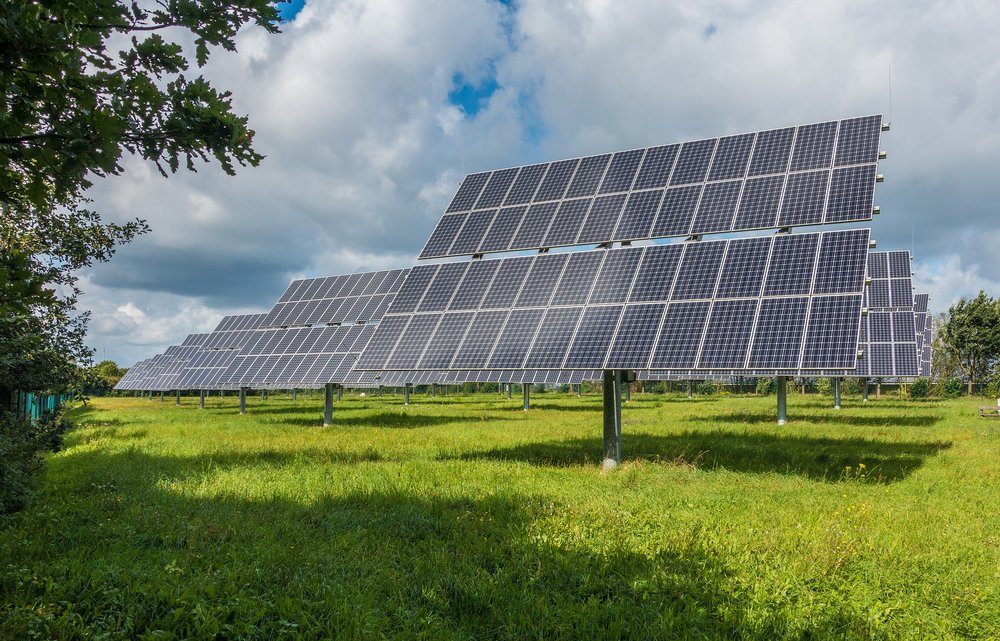
Distributed energy resources have the ability to significantly reduce pollution in two main ways. First, renewable DERs reduce the amount of electricity that must be generated at centralized plants, which generally use highly polluting fossil fuels, like coal. Second, DERs like wind and solar release no harmful emissions.
Fossil-fueled air pollution causes millions of premature deaths every year,and is driving extreme climate impacts to our cities, natural ecosystems, and agriculture.
Solar and wind are a welcome break from these destructive impacts. Whether on a rooftop or in a solar garden, when developed appropriately, even the infrastructure required for solar panel systems have very low environmental impact, especially compared to traditional electrical generation systems.
5. Decentralized Energy Provides Greater Security Against Attacks
In the modern world, we are more dependent on technology than ever, and electricity is not just a daily necessity, but also a crucial piece of our national security.
Groups tied to foreign governments, including Russia, have breached U.S. power grid systems multiple times in recent years. And much as they display greater resiliency in the face of storms and natural disasters, DERs can provide a stronger defense against cyber attacks. With careful planning, we can give distributed energy systems the ability to operate independently from the larger electrical grid, giving DERS and microgrids the ability to provide flexibility and resiliency from power outages—protecting communities and institutions from damaging outages.
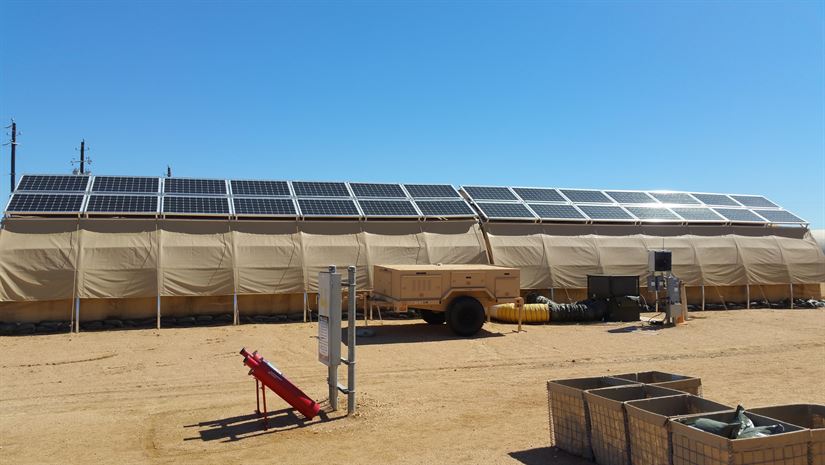
This microgrid system in San Antonio is part of the Air Force Research Laboratory’s operating base of the future demonstration. Solar panels are placed on top of tents for energy production. A trailer holds software and batteries that form the smart grid and provide backup should the grid fail. The project also evaluates energy reduction technologies such as shelter insulation and efficient heating. Air Force Photo by Donna Lindner.
Looking To The Future Of DERs
In an America powered by distributed energy, the power is in your hands.Communities and institutions alike would have the ability to become self-sufficient by producing their own energy, while feeding excess energy back into the grid. By investing in renewable, decentralized energy resources, energy consumers can make the electric system more efficient, reliable, and sustainable, all while gaining greater control over their energy bills.
Want to Know More?
Learn about your options for contributing to a sustainable energy future!
